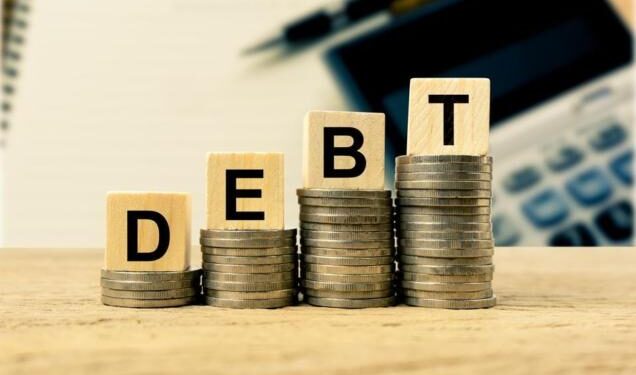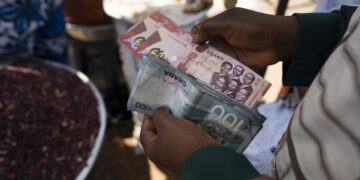Fitch Ratings Says Ghana’s Public Debt to Fall to 60% of GDP by 2025
Fitch Ratings has projected a marked improvement in Ghana’s public debt trajectory, forecasting a reduction in the debt-to-GDP ratio to 60% in both 2025 and 2026, from an estimated 72% in 2024 and a peak of 93% in 2022.
The UK-based credit rating agency attributes the anticipated decline to a combination of strong nominal GDP growth, improved fiscal discipline, ongoing debt restructuring, and a larger-than-expected appreciation of the Ghana cedi in recent months.
Despite the positive outlook, Fitch noted that Ghana’s projected debt ratio still exceeds the ‘B’ rating median of 51% by 2026.
The revised debt forecast comes on the heels of an upgrade in Ghana’s Long-Term Foreign-Currency Issuer Default Rating (IDR) to ‘B-‘ from ‘Restricted Default’ (RD), with a Stable Outlook. This follows the country’s successful progress under the IMF-backed reform programme and its domestic debt exchange operations.
Interest Costs to Remain Elevated
Fitch also highlighted that Ghana’s interest-to-revenue ratio—a key indicator of debt sustainability—will remain broadly stable at 26% in both 2025 and 2026, up slightly from 25% in 2024. This is a notable decline from the peak of 48% recorded in 2021.
The agency explained that the ratio would be supported by a reduced debt stock, although partially offset by resumed interest payments on external commercial debt and rising coupon rates under the Domestic Debt Exchange Programme (DDEP). The weighted average coupon on DDEP bonds is projected to increase to 9.1% in 2025, from 5.4% in 2024.
Still, Fitch noted that the interest burden remains high, relative to its ‘B’ and ‘C’/‘D’ medians of 13% and 16% respectively, and remains a constraint on the sovereign’s rating.
Improved External Position, Reserve Build-up
On the external front, Ghana’s current account is expected to remain in surplus, though narrowing from a record 4.3% of GDP in 2024 to 1.1% in 2026. Fitch attributes this to rising import demand driven by economic recovery, coupled with an expected fall in prices of key exports such as gold and cocoa.
The improved current account dynamics represent a stark turnaround from the large deficits seen before the country’s 2022 default, and compare favourably with the projected ‘B’ median deficit of 3% in 2026.
As a result, Fitch forecasts an increase in Ghana’s gross international reserves to 3.9 months of current external payments by 2026, up from 2.6 months in 2024 and 1.6 months in 2022. However, this remains below the ‘B’ median of 4.9 months in 2024.
The latest review by Fitch reinforces growing optimism around Ghana’s economic stabilisation, following years of macroeconomic instability, debt distress, and fiscal slippage.








